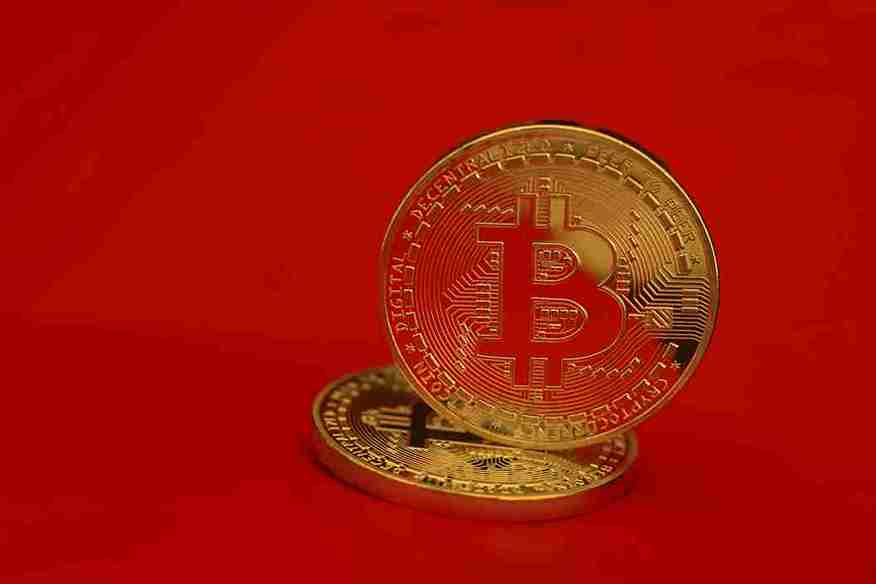Gold mining, a cornerstone of global economies and cultures, continues to evolve amidst shifting landscapes and advancing technologies. In this exploration, we delve into the strategies and challenges shaping modern gold mining, from innovative extraction methods to environmental sustainability efforts.
Unearthing the Importance of Gold
A Precious Commodity
Gold’s allure transcends time and borders, coveted for its intrinsic value and diverse applications across industries. From jewelry to electronics, gold plays a vital role in global commerce and cultural symbolism.
Economic Significance
Gold mining fuels economic growth, providing jobs, investment opportunities, and revenue for governments and local communities. Its status as a safe-haven asset also influences financial markets and monetary policies worldwide.
Traditional Practices: A Glimpse into the Past
The Gold Rush Era
Historically, gold mining relied on manual labor and rudimentary tools, epitomized by the frenzied gold rushes of the 19th century. Prospectors would stake claims, endure harsh conditions, and employ basic techniques like panning and sluicing to extract gold from riverbeds and deposits.
Environmental Impact
While lucrative, traditional mining methods often exacted a heavy toll on the environment, leading to deforestation, soil erosion, and water contamination. The legacy of abandoned mines continues to pose environmental challenges in many regions.
Modernization and Innovation: The New Frontier
Technological Advancements
In the quest for efficiency and sustainability, modern gold mining operations leverage cutting-edge technologies such as drones, satellite imagery, and automation. These tools enable remote sensing, exploration, and monitoring of mining sites with unprecedented precision and efficiency.
Sustainable Practices
Environmental and social responsibility are increasingly prioritized in contemporary gold mining operations. Companies invest in eco-friendly extraction methods, reclamation projects, and community development initiatives to mitigate environmental impact and foster positive relationships with stakeholders.
Extracting Gold: Methods and Mechanisms
Cyanide Leaching: A Common Approach
Cyanide leaching remains a prevalent method for extracting gold from ore due to its efficiency and scalability. However, concerns over cyanide toxicity and environmental contamination have spurred efforts to develop safer alternatives and improve waste management practices.
Bioleaching: Nature’s Solution
Bioleaching harnesses the metabolic processes of microorganisms to extract metals from ore. Bacteria and fungi produce acidic compounds that dissolve minerals, facilitating the release of gold and other valuable metals. Bioleaching offers a greener alternative to traditional cyanidation methods, with lower environmental impact and operating costs.
Challenges on the Horizon
Environmental Stewardship
Despite technological advancements and sustainability initiatives, the gold mining industry grapples with ongoing challenges related to environmental stewardship. Balancing economic imperatives with ecological preservation remains a delicate and evolving task for mining companies and regulators alike.
Social Responsibility
Gold mining operations often intersect with indigenous lands and local communities, raising complex social and cultural considerations. Addressing issues of land rights, labor practices, and community engagement is essential for fostering sustainable development and social license to operate.
Conclusion: Navigating the Path Forward
As the gold mining industry navigates the complexities of a rapidly changing world, innovation and collaboration will be key to ensuring a sustainable and prosperous future. By embracing technological advancements, adopting responsible mining practices, and engaging stakeholders in transparent dialogue, the industry can continue to reap the golden harvest while safeguarding the planet and its people.
FAQs
- What are the main environmental concerns associated with gold mining? Environmental concerns include habitat destruction, water pollution from mine runoff, deforestation, and soil erosion caused by mining activities.
- How do modern gold mining operations prioritize sustainability? Modern gold mining operations prioritize sustainability through the adoption of eco-friendly extraction methods, reclamation efforts, and community development initiatives aimed at minimizing environmental impact and fostering positive social outcomes.
- What role does technology play in contemporary gold mining? Technology plays a crucial role in modern gold mining operations, enabling remote sensing, exploration, monitoring, and automation to optimize efficiency, safety, and environmental stewardship.
- How do gold mining companies engage with local communities? Gold mining companies engage with local communities through consultation, collaboration, and community development programs aimed at addressing social, economic, and environmental concerns and fostering positive relationships with stakeholders.
- What are some of the emerging trends in the gold mining industry? Emerging trends in the gold mining industry include the adoption of renewable energy sources, the application of blockchain technology for supply chain transparency, and increased focus on responsible sourcing and ethical mining practices.
